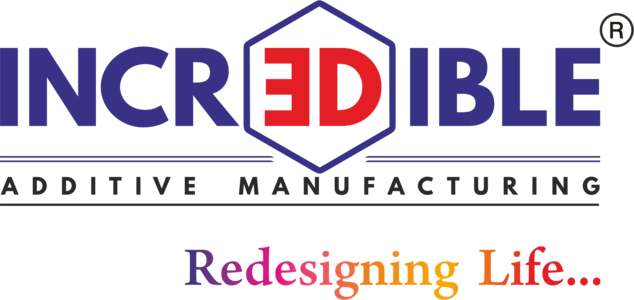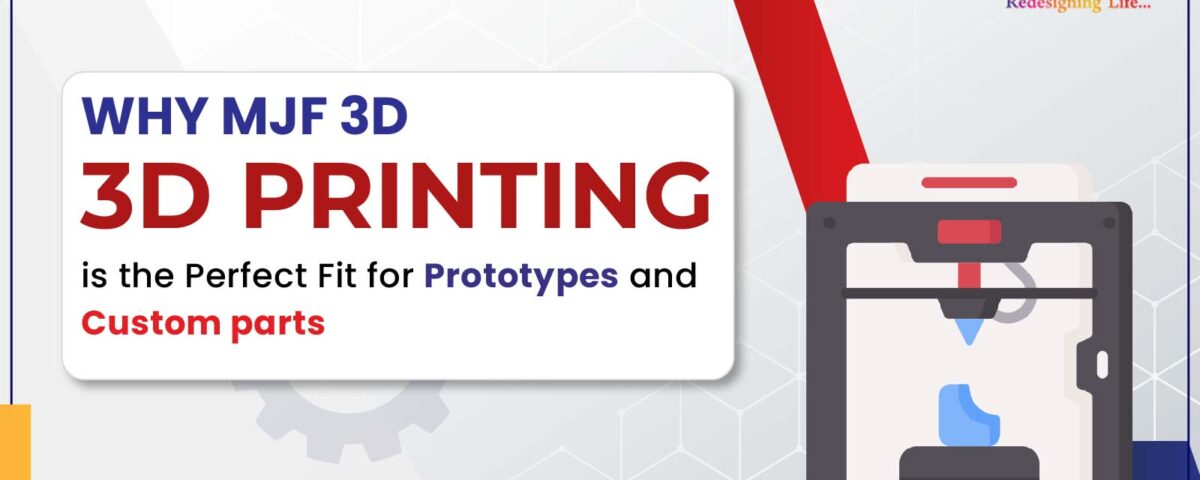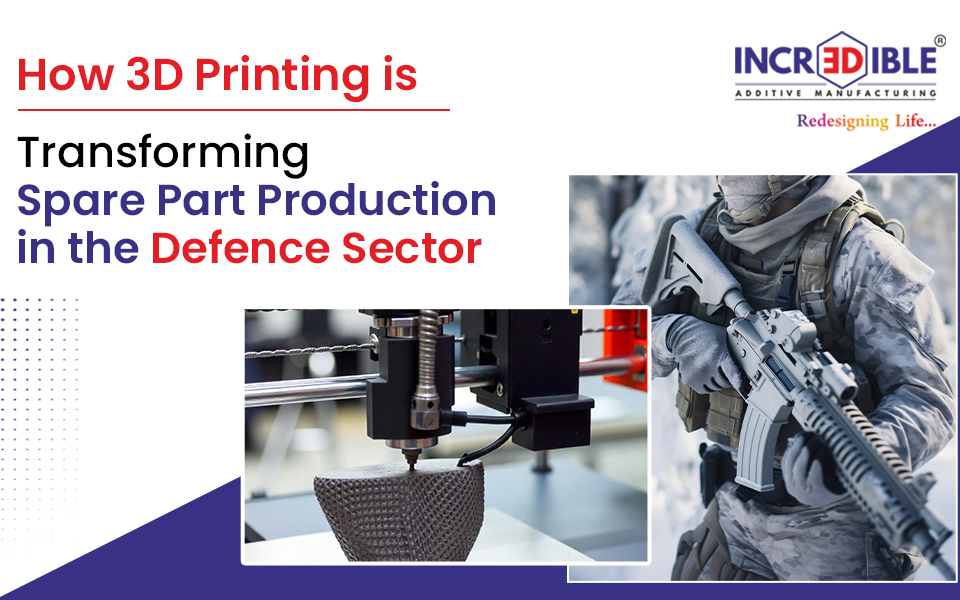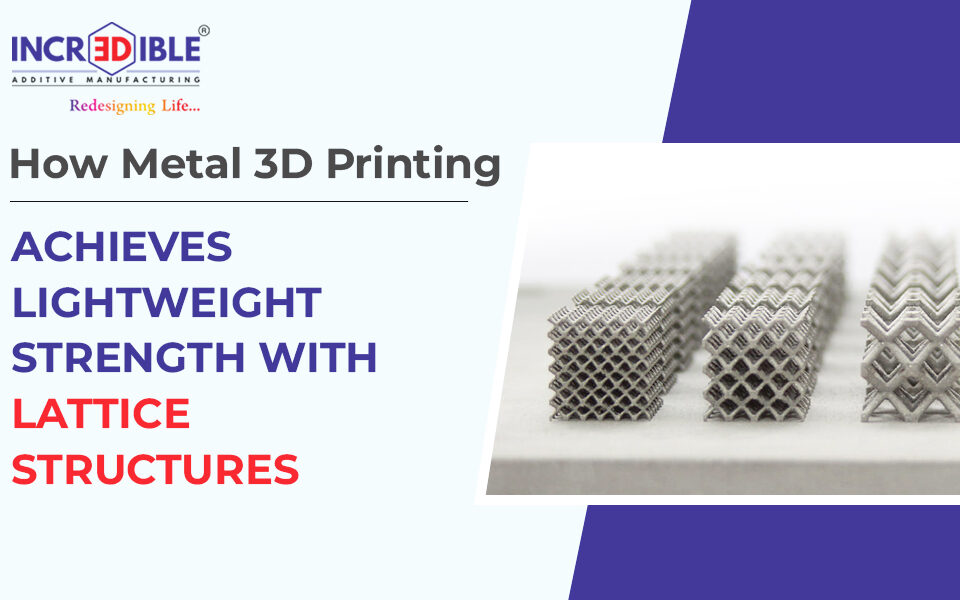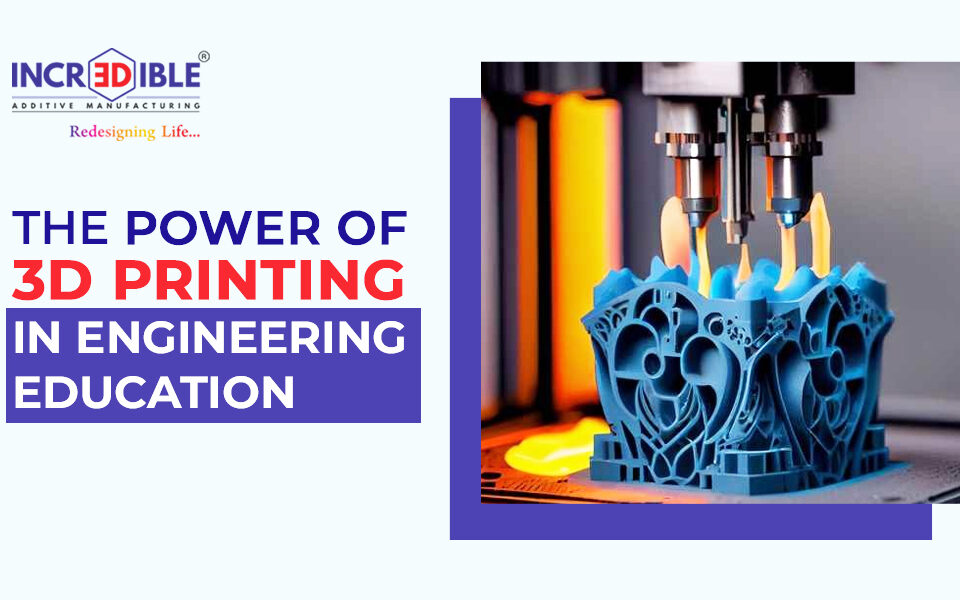Why MJF 3D Printing is the Perfect Fit for Prototypes and Custom Parts
The Multi Jet Fusion (MJF) additive manufacturing technology changed the way companies create prototypes together with personalized parts. MJF demonstrates exceptional effectiveness through its speed, precision capabilities, and ability to create complicated shapes, thus ranking as a leading additive manufacturing technology available today. The fusion process of MJF unifies material layers for the creation of resilient components that maintain a high level of detail. Through its mold and tooling elimination feature, custom 3D printed parts through MJF provides better accessibility and enhanced efficiency for customization projects. The advancement of innovation by industries depends heavily on MJF technology, which enables quick and budget-friendly development of functional, high-performance parts.
Speed and Precision for Prototyping
MJF 3D printing technology produces its most significant advantage through its swift operation capabilities. MJF contrasts with other additive techniques through its multi-agent fusing procedure because it solidifies full layers while printing them as a single process. The simultaneous production of entire layers at once through this system decreases production time, meaning it excels at rapid prototyping.
The process of MJF achieves both high precision as well as precise resolution for tiny features, which results in prototypes that accurately replicate end products regarding mechanical strength and intricacy. Complex design implementation through the system without extra structural components makes the operation more efficient. The MJF process enables designers and engineers to develop prototypes more rapidly because it offers both fast manufacturing speeds and precise results, allowing them to finish their prototypes within shortened periods for faster product development.
Customization Without Constraints
MJF establishes itself as a leading manufacturing method through its capability to create specific parts directly from customer requests. The MJF process performs unique one-time design creation through automated production that needs fewer setup processes compared to conventional manufacturing prototypes. The technology serves industries that need specific parts, such as medical implants, as well as aerospace brackets and automotive prototypes.
MJF technology defines its versatility through its capability to work with complex geometries together with multiple complex internal structures, including lattice designs or fluid channels. MJF enables businesses to develop fully operational custom 3D printed parts that bypass conventional production limits on cost and time.
Cost-Effective Low-Volume Production
Due to its economical nature, MJF supports end-use object fabrication even when production scales down to small quantities. Low-volume batch production using traditional methods like injection molding becomes too expensive and inefficient because tooling expenses are high. 3D printing for prototypes enables producers to build small batches of functional components at minimal cost because it operates without mold requirements.
The material efficiency of this process means that waste powder becomes recyclable material instead of going to waste, thus supporting sustainability. The environmentally conscious character of MJF makes it available as an affordable solution that helps companies connect their prototype development phase with production scale-up. The printed results from MJF allow businesses to create durable, high-quality products with competitive pricing for replacement workpieces as well as special-order and limited-production components.
Conclusion
The combination of high speed and precise protocols along with adaptable characteristics has revolutionized the way companies create prototypes and specific custom components through MJF 3D printing. The ability of MJF to produce complex functional components through unconfined production processes changes the game for businesses that want to advance their innovation and efficiency levels. MJF provides manufacturers with a flexible and budget-friendly method to produce customized items and quick prototypes and small batches. MJF remains instrumental for future manufacturing advances because of its ongoing development of 3D engineering. Furthermore, this technological approach allows businesses to maintain leadership positions through progressive development and innovation across their sectors.
